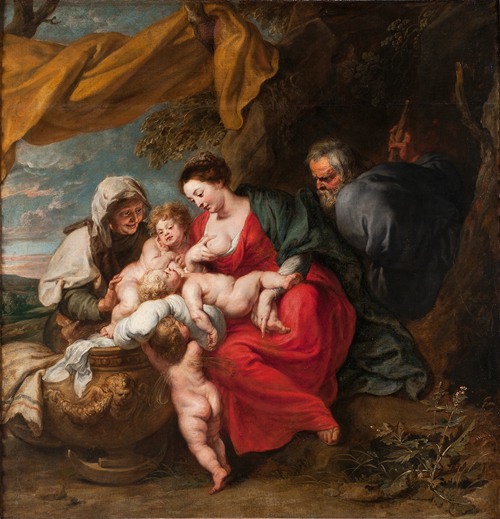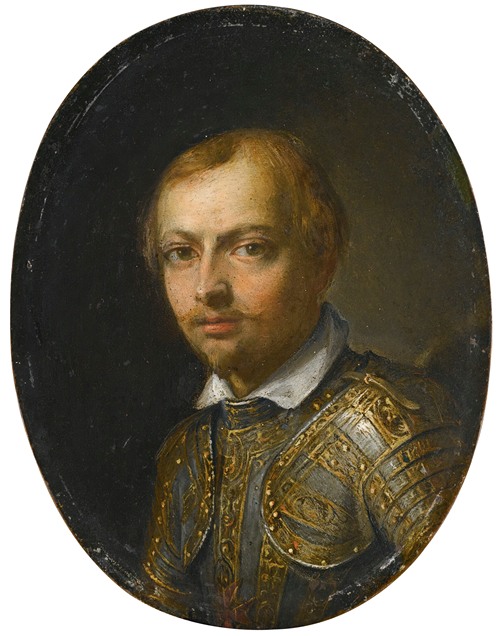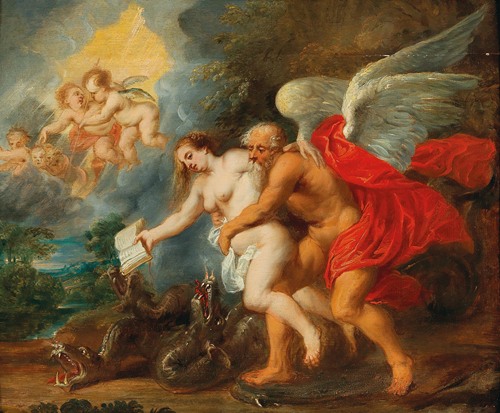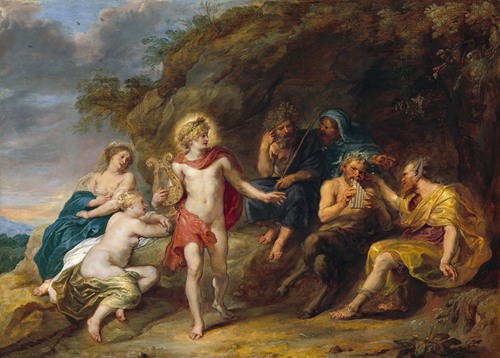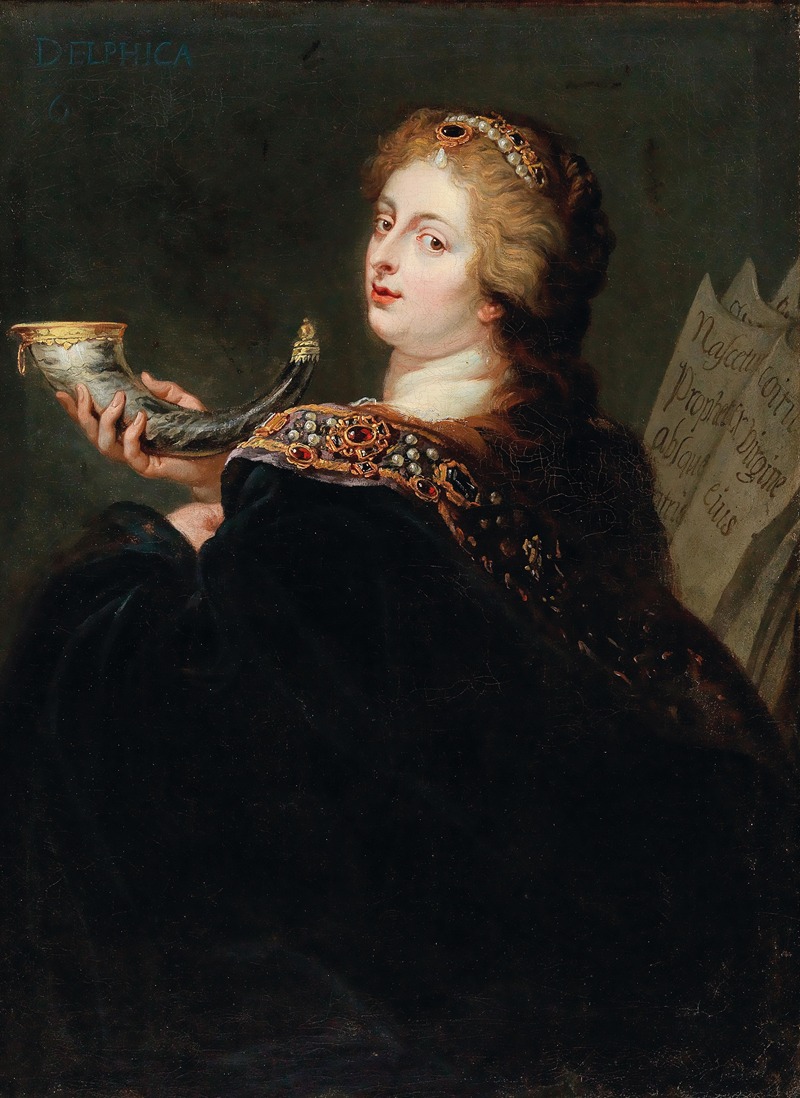
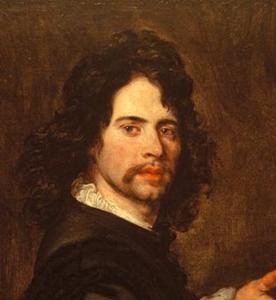
Jan van den Hoecke was a Flemish painter, draughtsman and designer of wall tapestries. He was one of the principal assistants in Rubens' studio in the 1630s. He later traveled to Italy where he resided for a decade in Rome. He subsequently worked as a court painter in Vienna and Brussels. Jan van den Hoecke was a versatile artist who created portraits as well as history and allegorical paintings.
Jan van den Hoecke was born c. July 1611 in Antwerp as the son of the painter Gaspar van den Hoecke (1595–1648) and Margaretha van Leemput. It is believed that, like his half-brother Robert van den Hoecke, he first apprenticed with his father. He then worked in the studio of Peter Paul Rubens in the 1630s.
While he was at Rubens' studio he was a frequent collaborator on various major projects of Rubens. He is believed to have collaborated with Rubens on the ceiling decorations for the Banqueting Hall. Together with his father, Jan contributed to the decorations for the Joyous Entry of Cardinal-infant Ferdinand in Antwerp on 17 April 1635, the overall artistic design of which was under the direction of Rubens. Jan painted monumental representations for this occasion after designs by Rubens. Of these large-scale works some have been preserved such as the Triumphal Entrance of Cardinal Prince Ferdinand of Spain (Uffizi Gallery) and The Battle of Nördlingen, 1634 (Royal Collection). It is known that the latter work, which celebrates the Cardinal-Infant’s victory over a Swedish army at the Battle of Nördlingen of 1634 was painted by van den Hoecke after an oil sketch by Rubens. It was placed at a central position in the centre of the front of the Arch of Ferdinand during the Joyous Entry. It remained outside for a few months after the event during which it was exposed to the natural elements. As van der Hoecke was in Italy by this time, Jacob Jordaens carried out some re-touching of the canvas in 1636 before it was offered to Cardinal-Infant Ferdinand in 1637.
Jan van den Hoecke travelled to Italy where he resided likely from 1635 to 1644 although some extend the period of his stay to 1646. In Italy he seems to have become familiar with the paintings of Guido Reni and studied the antique. These influences explain the classicizing trends in his later work. In 1644, the artist was accepted in Rome as a member of a select club, the Virtuosi al Pantheon.
Van den Hoecke moved to Austria and entered the service of Emperor Ferdinand III in 1644. He also painted for Ferdinand’s brother, Archduke Leopold Wilhelm of Austria (1614–1662), including a Madonna and Child and a number of allegorical pieces. Van den Hoecke returned to his home country with Archduke Leopold Wilhelm when the latter became the governor of the Southern Netherlands in 1647. He was at the same time a court painter and the conservator of the art collection of the Archduke, which was reported to be one of the largest in Northern Europe and comprised about 1,400 paintings and other artworks.
He died in Antwerp or Brussels.
